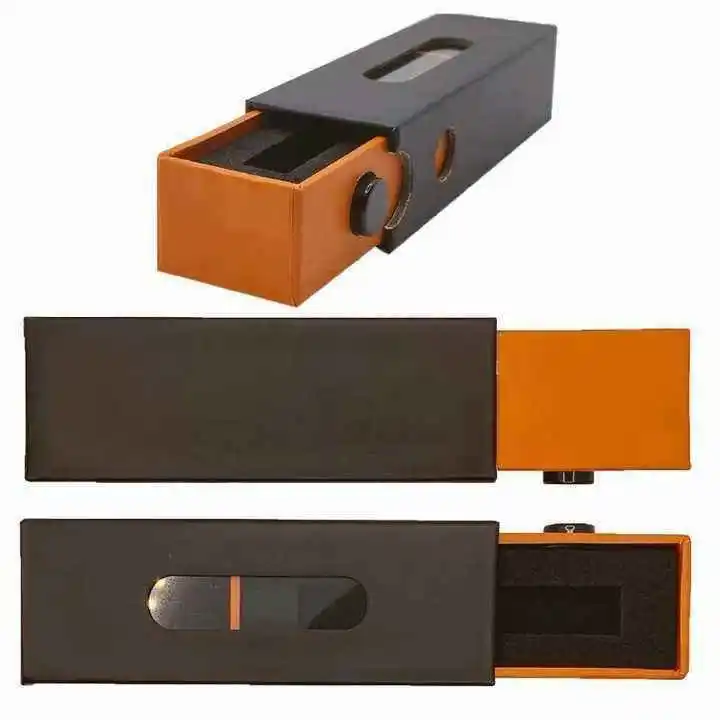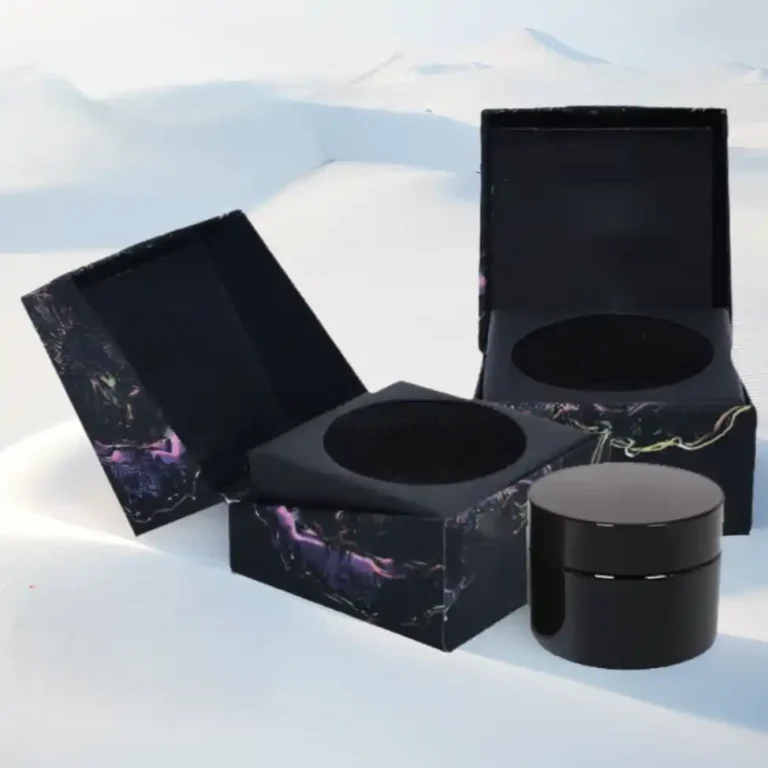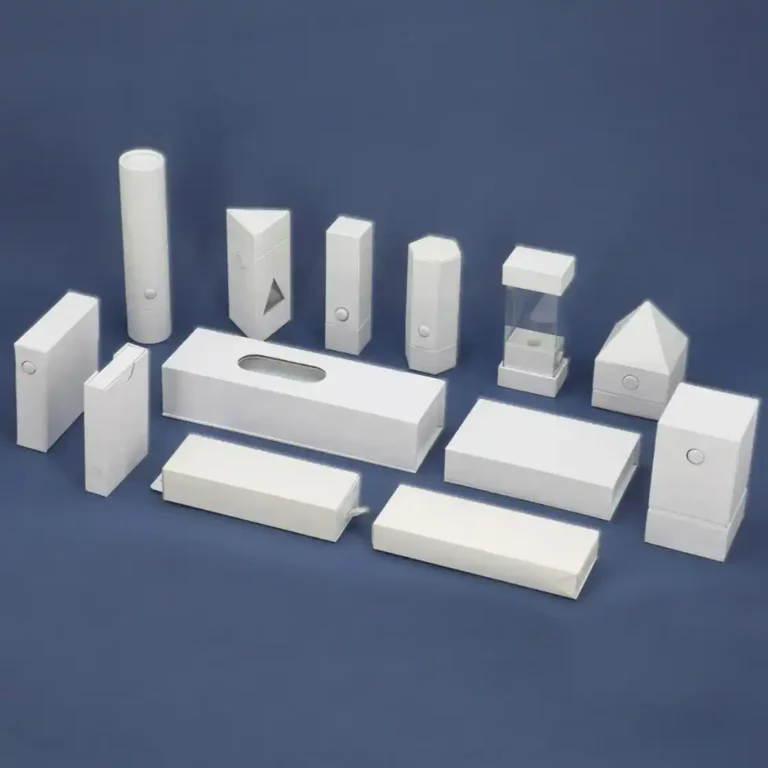The transformation path of customized packaging box manufacturers: from OEM production to value co-creation
Introduction
For years, many packaging box manufacturers won on price, speed, and capacity. They were classic OEMs: reliable hands that executed other people’s ideas. That era isn’t gone—but it is evolving fast. Today, brands expect their packaging partners to solve upstream problems (materials, structure, sustainability) and downstream challenges (shelf impact, DTC logistics, returns, and even community buzz). In other words, the industry is moving from “make what I say” to “build value with me.”
This article maps a practical path from OEM to value co-creation. It’s a playbook built for factories that want to grow margins, deepen partnerships, and make packaging that people remember.
Table of Contents
Material Revolution: From Resource Consumption to Ecological Closed Loop
The first lever of transformation is materials. Instead of treating paperboards, inks, foils, and inserts as commodities, leaders curate a portfolio with measurable environmental and performance outcomes—and then close the loop.
- Portfolio thinking, not one-offs. Move beyond single SKUs to a modular library: FSC-certified boards across calipers, low-migration inks, aqueous coatings, mono-material inserts, and recyclable closures. This lets you swap combinations quickly without fresh qualification each time. See how diverse form factors—from paper gift boxes to folding cartons—benefit from a shared substrate and finish logic for faster engineering and steadier quality across lines.
- Design for disassembly and recycling. Favor snap-fit trays over glued foam, paper tubes with paper plugs, and minimal mixed materials. Right-size structural strength to real supply-chain conditions, not theoretical extremes, to avoid over-engineering.
- Closed-loop upgrades. Capture trim waste by grade; return it to certified mills or into in-house recycled content streams where feasible. Offer brands “like-for-like” alternatives—e.g., switching from laminated glitter to printable effects on printed corrugated boxes—that deliver the same sparkle without complicating recycling.
- Premium without guilt. Luxury can be low-impact. Tissue-soft touch AQ coatings, deboss/letterpress for drama in place of film lamination, and mono-material platforms (such as paper tube packaging) create a couture feel and a clean recycling story.
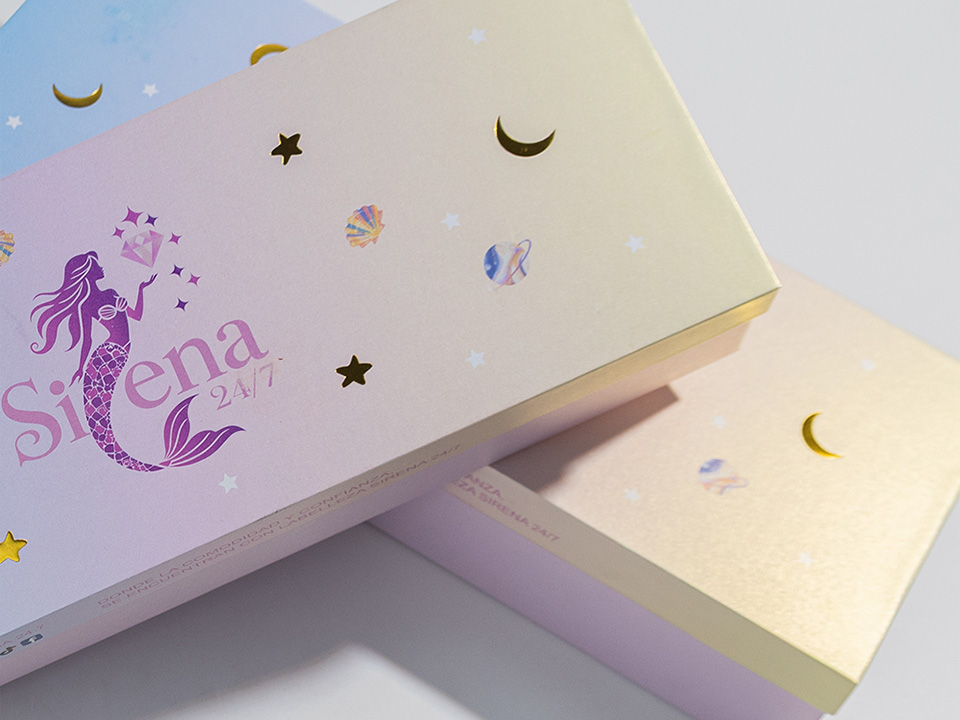
Intelligent reconstruction: digital technology reshapes the industry gene
Digital isn’t just for prepress. It’s the nervous system that binds sales promises to production realities.
- Unified data spine. Connect quoting, CAD, prepress, scheduling, and QA through an ERP/MES layer so each project carries a single source of truth—specs, tolerances, ICC profiles, glue patterns, palletization rules—through the plant.
- Color you can trust. Spectrophotometers, device-linked ICCs, and on-press closed-loop controls turn “near enough” into “repeatable.” This reduces remakes and shortens approvals across premium lines like candle boxes and jewelry boxes, where brand tones must land perfectly under retail lighting.
- Simulation before steel. Structural CAD + drop/stack simulations confirm pass/fail before you spend on tooling. For e-commerce, feed courier constraints and dimensional weight rules into CAD to predict real-world survival and shipping efficiency.
- Short-run agility. Inkjet/flexo hybrids, digital foiling, and laser scoring make micro-batches viable—event editions, influencer drops, seasonal tests—without killing margins. Digital slotting on cardboard displays lets retailers localize messaging while keeping a common structural backbone.
- Traceability and proof. Job-level dashboards and SPC on critical points (die-cut tolerance, board moisture, bond strength) create auditable trails that brand QA teams love—and they cut your internal firefighting.
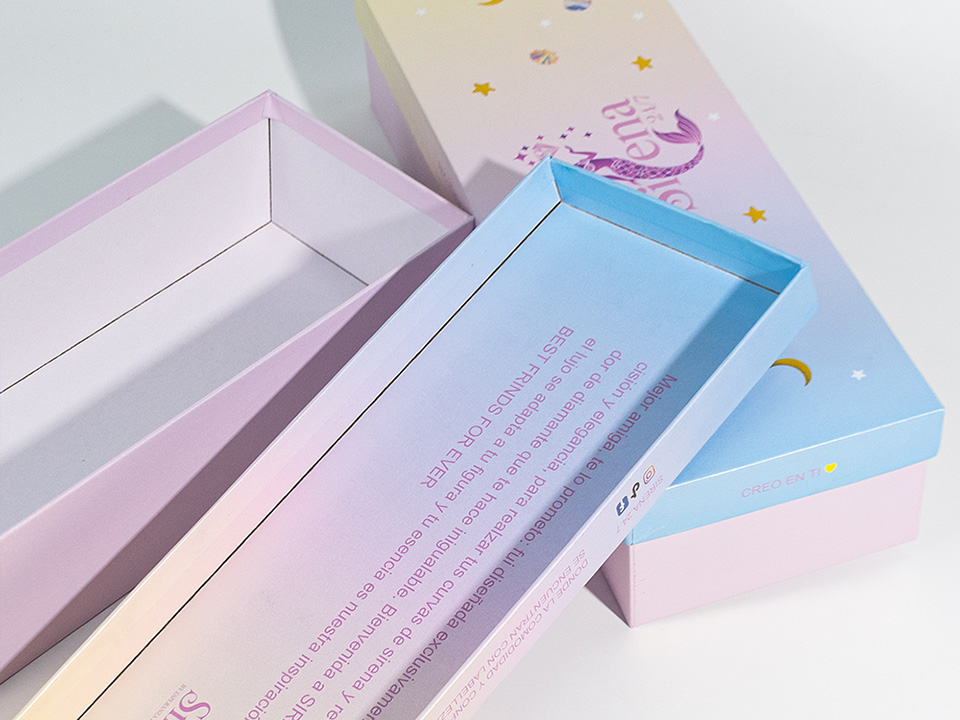
Service upgrade: from production delivery to value empowerment
Value co-creation starts when you stop selling boxes and start selling outcomes.
- DFM as a product. Offer design-for-manufacture reviews that quantify trade-offs: coating choices versus rub resistance, insert swaps versus assembly time, decorative effects versus recyclability. Turn those insights into a templated library branded for the customer’s team.
- NPI that moves. Build a “48-hour prototype lane” tied to your CAD and digital print cells. Use it for fast stakeholder buy-in, photo shoots, and pilot drops. Complement it with scale-ready die libraries for a predictable ramp when the idea wins.
- Fulfillment-aware packaging. Engineer for actual pack-out: auto-erect bases, friction-fit trays, and scan-friendly labels. Coordinating with the brand’s 3PL cuts touches and errors, which matters as much as ink density.
- Inventory strategies. Vendor-managed inventory and call-off programs smooth the bullwhip. When peaks hit, a dual-sourcing plan that splits SKUs by process family (e.g., rigid set-up vs. folding cartons) protects launch dates without diluting quality.
- Content and retail theater. Add integrated media when it pays back—QR journeys, NFC, or even embedded screens for hero kits (your factory’s video packaging capabilities make you more than a converter—you’re an experience builder).

Circular awakening: environmental protection policies give birth to business model innovation
Policy pressure (producer responsibility, recycled-content thresholds, labeling rules) is reshaping buying criteria. Smart manufacturers turn compliance into commercial advantage.
- Compliance as a service. Maintain updated matrices of what’s allowed where (substrates, inks, claims, symbols). Package this into a guidance deck that brand teams rely on during briefings—then engineer SKUs that meet the strictest common denominator.
- SKU harmonization. Rationalize lineups around a few compliant platforms—mono-material trays, aqueous-only finishes, plastic-free windows—so multi-country brands don’t juggle a dozen local variants.
- Return and remake programs. Offer rework lanes that de-brand and recycle misprinted runs; build that into contracts. Circularity stops being an add-on and becomes a shared KPI.
- Story you can prove. Batch-level certificates, recycled content attestations, and chain-of-custody documentation are not paperwork—they’re sales collateral. They win RFP points and reassure end consumers who read labels.
Cultural Boundary Breaking: From Functional Containers to Emotional Media
Packaging is an emotional handshake. When you co-create with brands, you help translate identity into touch, sound, and motion.
- Unboxing choreography. Hinge resistance, magnet “click,” tissue whisper—small choices turn opening into memory. For luxury or gifting, use structural accents common to paper gift boxes to stage that moment without waste.
- Tactility over bling. Micro-emboss, deboss, uncoated boards, and soft-touch AQs can feel more premium—and more responsible—than heavy laminations.
- Meaningful personalization. Variable data and segmented inserts let a single master design speak to cohorts. Seasonal sleeves, name drops for loyalty programs, region-specific storytelling—these moves build resonance without re-engineering the core.
- Retail to reel. Packages must be photogenic. Design surfaces for cameras as much as for shelves: high-contrast cues, crisp edges, and glare-controlled finishes. Your prepress team becomes an invisible partner to social teams.
- Category fluency. Whether you’re crafting jewelry boxes, candle boxes, or high-velocity printed corrugated boxes, speak the vernacular of that buyer: insert retention for gems, scent protection for wax, drop thresholds for e-commerce. Fluency builds trust; trust unlocks creative risk.
Conclusion
The shift from OEM to value co-creation isn’t a single leap; it’s a sequence:
- curate sustainable materials and close the loop,
- wire your ops with digital rigor,
- evolve services that solve the brand’s real jobs,
- turn compliance into commercial leverage, and
- design for hearts as well as hands.
Manufacturers who do this don’t just print and glue—they advise, prototype, predict, and perform. They become the partners brands call first when the stakes are high and the timeline is short.
If you’re ready to translate this path into your next brief, start with a pilot on a single platform—say, a mono-material gift line on paper gift boxes and folding cartons—and scale the winning pattern across categories. When you need production depth or finishing breadth, anchor it with a partner who can span concept, craft, and compliance—from printing services to cardboard displays—and keep the storytelling premium yet planet-literate.






